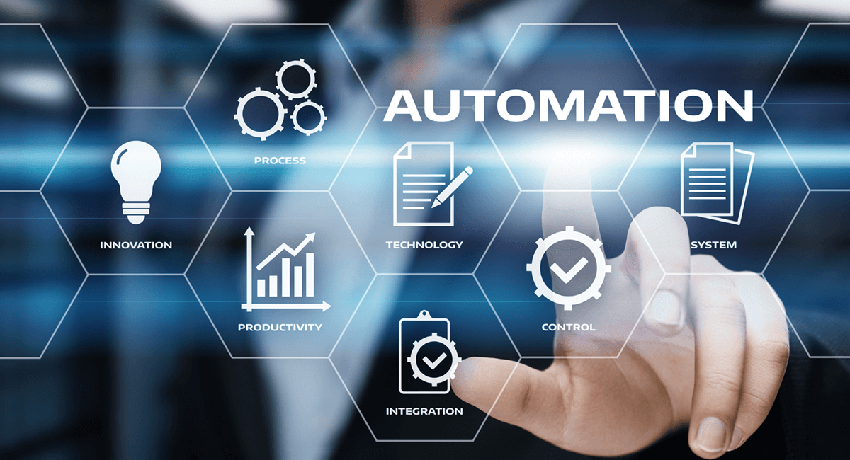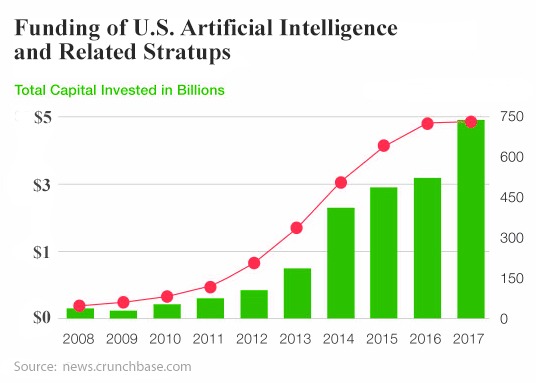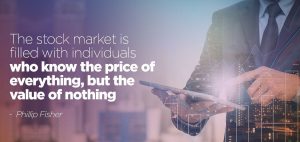
Introduction: Understanding Proper Portfolio Diversification
Proper portfolio diversification is a time-tested strategy that has been employed by successful investors for decades. By spreading investments across various assets, investors can effectively manage risk and optimize returns. This approach is particularly important in today’s volatile market conditions, where economic uncertainties and geopolitical risks can quickly erode the value of a poorly diversified portfolio.
One of the most famous examples of proper portfolio diversification is the Yale Endowment, managed by David Swensen. Swensen’s investment strategy, known as the “Yale Model,” emphasizes a broad diversification across asset classes, including stocks, bonds, real estate, and alternative investments such as private equity and hedge funds. This approach has helped the Yale Endowment achieve an impressive average annual return of 11.8% over the past 30 years, outperforming most of its peers.
Another notable example is the Vanguard Balanced Index Fund, which maintains a 60/40 allocation between stocks and bonds. This simple yet effective diversification strategy has helped the fund deliver consistent returns with lower volatility than a pure stock portfolio. From its inception in 1992 through 2021, the fund has achieved an average annual return of 8.54%, demonstrating the power of proper portfolio diversification in action.
To further illustrate the importance of diversification, consider the hypothetical example of two investors: Investor A and Investor B. Investor A concentrates their entire portfolio in a single stock, while Investor B spreads their investments across a diversified mix of stocks, bonds, and real estate. In a year where the stock market experiences a significant downturn, Investor A’s portfolio would likely suffer substantial losses. In contrast, Investor B’s diversified portfolio would be better positioned to weather the storm, as the losses in stocks could be offset by the stability of bonds and the potential income from real estate investments.
Proper portfolio diversification is not only about spreading investments across different asset classes but also about diversifying within each asset class. For instance, when investing in stocks, it is essential to diversify across sectors, market capitalizations, and geographical regions. By doing so, investors can mitigate the impact of sector-specific risks and tap into the growth potential of different markets.
In conclusion, proper portfolio diversification is a sophisticated technique that every investor should embrace to navigate the complexities of the financial markets successfully. By allocating assets across a wide range of investments and regularly rebalancing the portfolio, investors can minimize risk, optimize returns, and secure their financial future. The examples of the Yale Endowment and the Vanguard Balanced Index Fund demonstrate the effectiveness of this approach in real-world scenarios, while the hypothetical example of Investors A and B highlights the potential consequences of failing to diversify. As you embark on your investment journey, make sure to prioritize proper portfolio diversification as a cornerstone of your investment strategy.
The Importance of Diversification
Diversification is a fundamental principle of investing that helps manage risk. As the old adage goes, “Don’t put all your eggs in one basket.” By allocating your investments across different asset classes, such as stocks, bonds, real estate, and commodities, you can reduce the impact of market volatility on your portfolio. According to a study by Vanguard, a well-diversified portfolio can potentially lower risk by up to 70% without sacrificing long-term returns.
Renowned investor Warren Buffett once said, “Diversification is protection against ignorance. It makes little sense if you know what you are doing.” While Buffett’s approach may differ from that of the average investor, his words highlight the importance of understanding the assets you invest in and how they fit into your overall portfolio strategy.
Asset Allocation: The Foundation of Proper Portfolio Diversification
Asset allocation is dividing your investment portfolio among different asset classes based on your financial goals, risk tolerance, and time horizon. A well-diversified portfolio typically includes a mix of stocks, bonds, and cash equivalents. The exact proportions depend on your circumstances and objectives.
A study by Brinson, Hood, and Beebower (BHB) revealed that asset allocation accounts for over 90% of a portfolio’s long-term performance. This finding emphasizes the crucial role of strategic asset allocation in achieving investment success.
When constructing your portfolio, consider the following asset classes:
- Stocks: Equities offer the potential for capital appreciation and long-term growth.
- Bonds: Fixed-income securities provide a steady income stream and can help balance the volatility of stocks.
- Real Estate: Real estate investment trusts (REITs) and direct property investments can offer diversification benefits and potential income streams.
- Commodities: Investing in commodities such as gold, oil, or agricultural products can provide a hedge against inflation and geopolitical risks.
- Cash and Cash Equivalents: Holding a portion of your portfolio in cash or short-term investments allows for liquidity and stability during market downturns.
Diversification Within Asset Classes
Proper portfolio diversification goes beyond simply allocating funds across different asset classes. It also involves diversifying within each asset class. For example, when investing in stocks, you can spread your investments across various sectors, such as technology, healthcare, financial services, and consumer goods. This approach helps mitigate the impact of sector-specific risks on your overall portfolio.
Additionally, consider diversifying across market capitalizations (large-cap, mid-cap, and small-cap stocks) and geographical regions (domestic and international markets). By investing in a mix of large, established companies and smaller, high-growth firms, you can capture the benefits of both stability and potential upside. Investing in international markets can also provide exposure to different economic cycles and growth opportunities.
Rebalancing Your Portfolio
Over time, the performance of different asset classes can cause your portfolio to drift away from its original allocation. This is where rebalancing comes into play. Rebalancing involves periodically adjusting your portfolio to maintain your desired asset allocation.
For example, if your target allocation is 60% stocks and 40% bonds, and the stock market experiences a significant rally, your portfolio may become overweighted in stocks. To rebalance, you would sell some stocks and use the proceeds to buy bonds, returning your portfolio to the 60/40 allocation.
Rebalancing helps you stay true to your investment strategy and risk tolerance. It also allows you to take advantage of the “buy low, sell high” principle by selling assets that have become overvalued and purchasing those that may be undervalued.
The Role of Professional Advice
While proper portfolio diversification is a sophisticated technique, it can be challenging for individual investors to navigate the complexities of the financial markets. This is where seeking professional advice from a qualified financial advisor can be beneficial.
A financial advisor can help you assess your risk tolerance, define your investment goals, and develop a personalized diversification strategy tailored to your needs. They can also provide ongoing guidance and support, helping you make informed decisions and adjust your portfolio as market conditions change.
When selecting a financial advisor, look for someone with a proven track record, relevant certifications (such as the Certified Financial Planner designation), and a transparent fee structure. A good advisor should take the time to understand your unique circumstances and provide unbiased advice aligned with your best interests.
Conclusion: Embracing Proper Portfolio Diversification
Proper portfolio diversification is a sophisticated technique that can help you navigate the complexities of the financial markets and achieve your long-term investment goals. By allocating your assets across different classes, sectors, and regions, you can minimize risk and maximize potential returns.
Remember, diversification is not a one-time event but an ongoing process. Regularly review and rebalance your portfolio to ensure it remains aligned with your risk tolerance and financial objectives. And don’t hesitate to seek professional advice when needed.
By embracing proper portfolio diversification, you can take control of your financial future and invest with confidence. Start implementing this sophisticated technique today and watch your wealth grow over time.
Break the Mold: Articles That Challenge

Which of the following are expressions of overconfidence bias?

Mastering Historical Stock Market Trends

Conquering Your Fear of Investing in Stocks

The Dividend Collar Approach: A Smart Way to Invest in the Stock Market

Insights from Market Experts on Stock Trading

What is the most important aspect of the “greater fool theory” of investing?






















